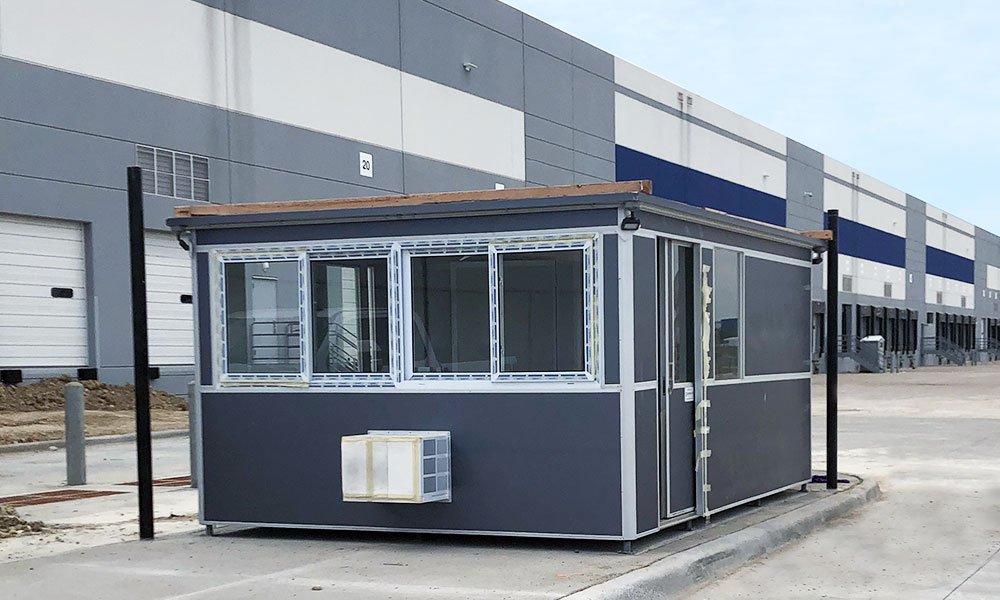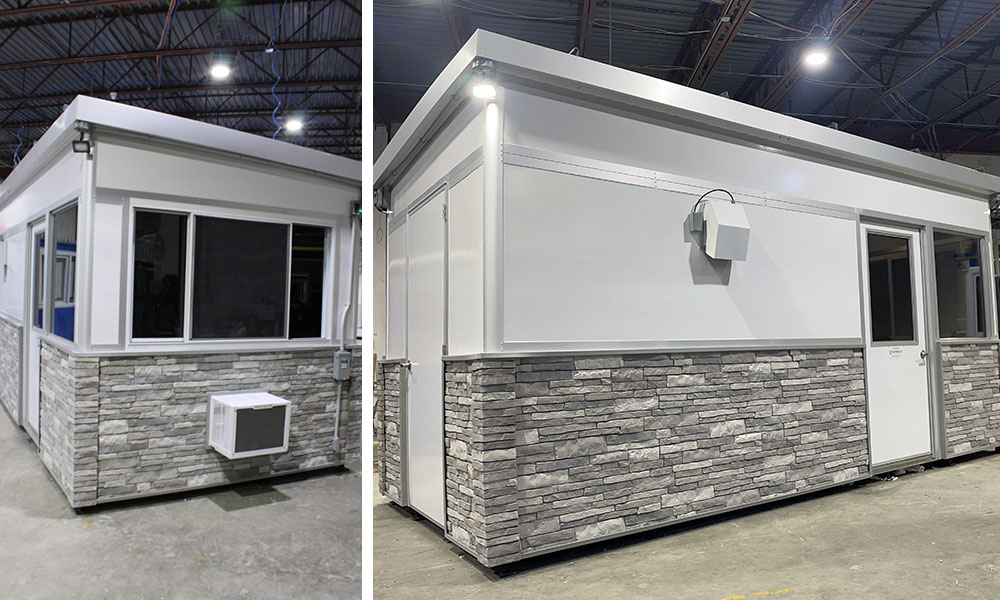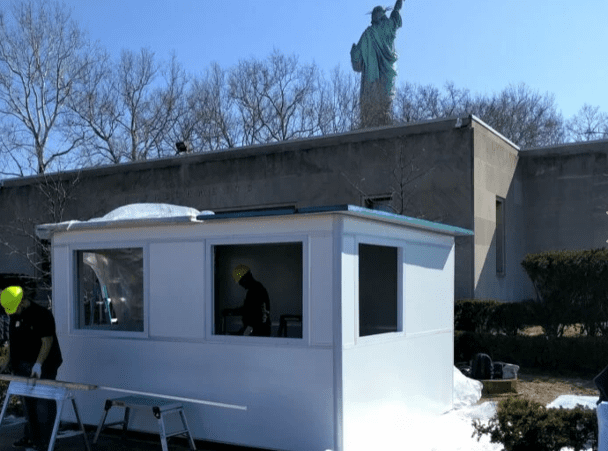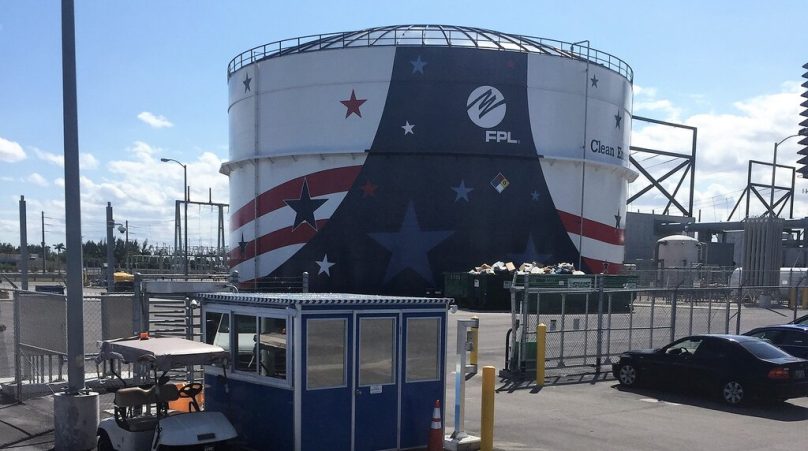Even though prefabricated buildings have been around since the Gold Rush (to house gold miners) and true Sears mail order homes that were built in the early 20th century can still be found today, the modern prefab trend didn’t really get off the ground until the 1970s. And in the home building industry, there’s still a significant lag – driven in part by builders who can make more money off traditional construction.
Despite that, there are still plenty of applications where companies are choosing to go with prefab over traditional construction. And there are also plenty of reasons why that is true. Let’s take a look at some of the comparisons between prefab and traditional construction.
Cost Savings with Prefab
Of course, the glaring difference between prefab and traditional construction is cost. You know your application so you know what you want and need in a booth. If you are providing security with your booth, you will need different specs than if your booth is for offering snacks and drinks at the Little League game. In both of these examples, someone is going to tell you what they will charge to make your booth a reality.
With traditional construction, we all know that prices are subject to some change. Did that lumber cost go up since you got the quote? Did weather cause a delay, meaning extra crews had to be hired to make up time? Say your build was delayed by several weeks due to a snowstorm. It could take your contractor more time to get his crew back – it’s likely they are another job. If he or she is renting equipment, that’s another cost when the weather clears and everybody is standing in line at the equipment rental shop.
And did that delay actually cost you money by not having your project built in time for the event you need it for, or, if you subcontracted it out, has your contract been canceled for lack of delivery?
There are more costs associated with traditional builds – it’s almost a given that the agreed upon price is going to have some wiggle room. This is not the case with a prefab booth. Although you’ll need to come up with approximately half of the agreed upon price before the construction starts, the price you agreed upon is the price the booth will cost.
Since most prefab buildings are built in a warehouse, you won’t be looking at weather delays either. Your booth will be delivered on time and ready to set up in a matter of weeks.
Waste Not Want Not: Eco Friendly
What does that saying mean exactly? If you are interested in contributing a smaller footprint to Mother Earth when choosing to build or buy a booth, it means there is less waste involved in choosing to go with prefab over traditional construction. And when things are not wasted, then they are still around when you want them – so, in the long run, choosing a method of building that doesn’t waste materials is akin to putting those materials in the bank, in case you need them later.
At traditional build sites, you’ll have a variety of construction subcontractors delivering piping, roofing, lumber, electrical wire, sheetrock and more to the site so their workers will have the materials they need to do their jobs. And if they don’t use all of that stuff? Well, in most cases, it gets hauled off to the landfill. In large quantities.
When you talk about constructing a prefab in a warehouse, the exact amount that will be needed is known in advance. There are no surprises or overages. Plus, since many of the assembled prefab booths are the same, the materials needed can be ordered in bulk – which cuts down on costs.
A few other places where prefabs take a prize over traditional construction include:
- The amount of energy used and wasted during the normal course of the day. Your traditionally constructed property is more prone to leaks, making it markedly more expensive to heat and cool.
- Structural strength. It may be hard to picture, since we think of prefab as being lighter than traditionally-built properties, but if your prefab is anchored correctly, it can withstand some major geographical events.
- More emphasis on “green” processes, including using sustainable materials.
In short, choosing a prefab over traditional construction may mean a vote for Mother Earth.
Addressing Worker Shortages
It hardly matters what industry you are in today. It seems everybody has one thing in common – not enough employees to fill all the slots. This has been an issue that’s been building in certain segments for a long time, such as the warehouse, construction and trades industries. But now, it seems to be widespread across a wide variety of industries.
One way some people are combatting this worker shortage is to upgrade their applications to integrate robotics and automation into their processes. But did you know that prefab companies have been using automation and robotics successfully for years already? This is one way prefab can be cheaper than traditional construction, but the benefits go beyond cost.
Prefab builders and designers have been perfecting the mass production model for decades and that relies heavily on automation which is prevalent in four of the main building blocks of the prefab industry:
- Designing the structures
- Constructing the materials
- Assembling the structures
- Overall warehouse management systems
Prefab companies already have a handle on the ways automation can improve productivity, quality and safety.
And speaking of safety: In the various industries that go along with building, safety has been a major focus for a long time – and for a good reason. Unfortunately, these industries that are associated with building have histories of worker accidents and fatalities. There have been great strides made, but it goes without saying that an industry that can build with a heavy emphasis on automation and robotics is going to be safer than one that relies on human workers.
Customization
Because every application is different – even if only slightly so – both prefab and traditional construction offer customization. In the scheme of things, it really comes down to weighing the pros and cons of both building types and deciding what matters the most to you. Just like with traditional stick builds, all prefab models can be customized and altered to fit your specific needs. So, that’s going to look more or less the same in the two columns. But what about the cost? Timeliness? Eco considerations?
You’ll likely find that one column outweighs the other significantly. At Guardian Booth, we are experts in listening and helping you find exactly what you need. Check out our gallery and if you like what you see, contact us soon.






